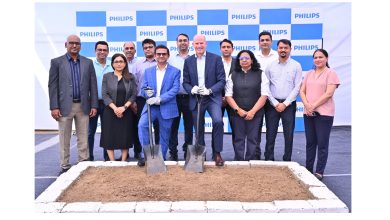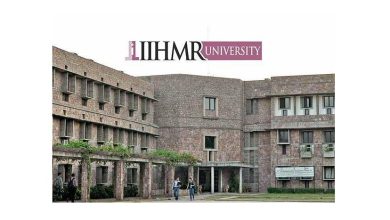Credit Metrics of Large Hospitals is in Bad Shape: ICRA

Despite the fact that India has managed to lower the incidence of communicable diseases, the occurrence of lifestyle related diseases (non-communicable) are on the rise and the same are likely to be a major contributor to hospital revenues going forward. Lifestyle diseases are those that are a result of habits/lifestyle related factors such as unhealthy food habits, alcohol consumption, lack of physical activity, stress, age, and urbanisation. As per an ICRA note, the largest contributor to revenues is cardiology, which accounts for almost 25% of the total income of the hospitals in the sample; the second largest contributor is neurology, accounting for 10% of revenues, followed by orthopaedics (9%), and oncology (8%). ICRA has analysed five of the largest hospital chains in the country, which together operate ~19300 beds. For most of these hospital chains, the income from top five lifestyle specialties currently account for more than 60% of the revenues.
ICRA Limited was set up in 1991 by leading financial/investment institutions, commercial banks and financial services companies as an independent and professional investment Information and Credit Rating Agency.Today, ICRA and its subsidiaries together form the ICRA Group of Companies (Group ICRA). ICRA is a Public Limited Company, with its shares listed on the Bombay Stock Exchange and the National Stock Exchange. The international Credit Rating Agency Moody’s Investors Service is ICRA’s largest shareholder.
Shubham Jain, Vice President, ICRA, says, “Lifestyle diseases are more value-accretive for the hospitals and account for majority portion of the revenues of the hospitals. They provide a lucrative opportunity to hospitals as the treatments are much more expensive and require hospitalization for longer period. The expected rise in the incidence of these diseases will further boost the revenues of the hospitals, because of higher volumes, occupancy and Average Revenue per Occupied Bed (ARPOB) that these specialties provide. However, recent regulatory interventions are likely to trim the margins that hospitals earn from some of these treatments. In February 2017 the country’s drug price regulator, the National Pharmaceuticals Pricing Authority (NPPA), capped the prices of coronary stents and in August 2017 it further capped the prices of all orthopaedic knee implants, impacting the revenue and margin of players. However, the hospitals have the flexibility to revise prices of services, treatment packages, room rates, other consumables, doctor charges etc to partly compensate for the decline in prices of the devices.”
The revenues of ICRA’s sample set grew at a lower rate of 12.7% in FY2017, against a growth of 14.5% in FY2016 and 16.5% in FY2015, the moderation being on account of the demonetisation and the cap on prices of stents. In terms of breakup of the growth in various quarters, the aggregate revenues of the sample set grew at a healthy rate of 14.6% & 15.9% in Q1 FY2017 and Q2 FY2017 respectively. However, post the demonetisation and the cap on prices of stents, the growth moderated to 12.8% in Q3 FY2017 and subsequently to 8.5% in Q4 FY2017. Since, Cardiology is the largest contributor to the revenues of all companies in ICRA’s sample set, the operating margin of the sample declined from 14.3% in Q3 FY2017 (before the cap on stents) to ~13.1% in Q4 FY2017 and 13.0% in Q1 FY2018. As the revenues and margins have been under pressure in FY2017 and the companies have undertaken debt-funded expansion, the debt protection indicators have marginally deteriorated- interest coverage ratio has dropped from 2.98 times in FY2016 to 2.62 times in FY2017 and net cash accruals/total debt declined from 14.8% to 12.8% during this period.
Shubham Jain, Vice President, ICRA, said: “Notwithstanding the recent regulatory action, ICRA’s long-term outlook on the sector remains stable. On the supply side, India currently faces significant shortage of beds and the investments by the Government in creating healthcare infrastructure would be inadequate. This provides private sector players with the opportunity to step in to fill the gap. On the demand side, a large population, increasing lifestyle diseases, rising healthcare awareness and higher medical insurance penetration are likely to push the demand for the healthcare services at a steady pace. ICRA expects an annual revenue growth of 12-14% over the next five years and the same is likely to result in improvement in credit metrics of the large hospitals in the sector”.




